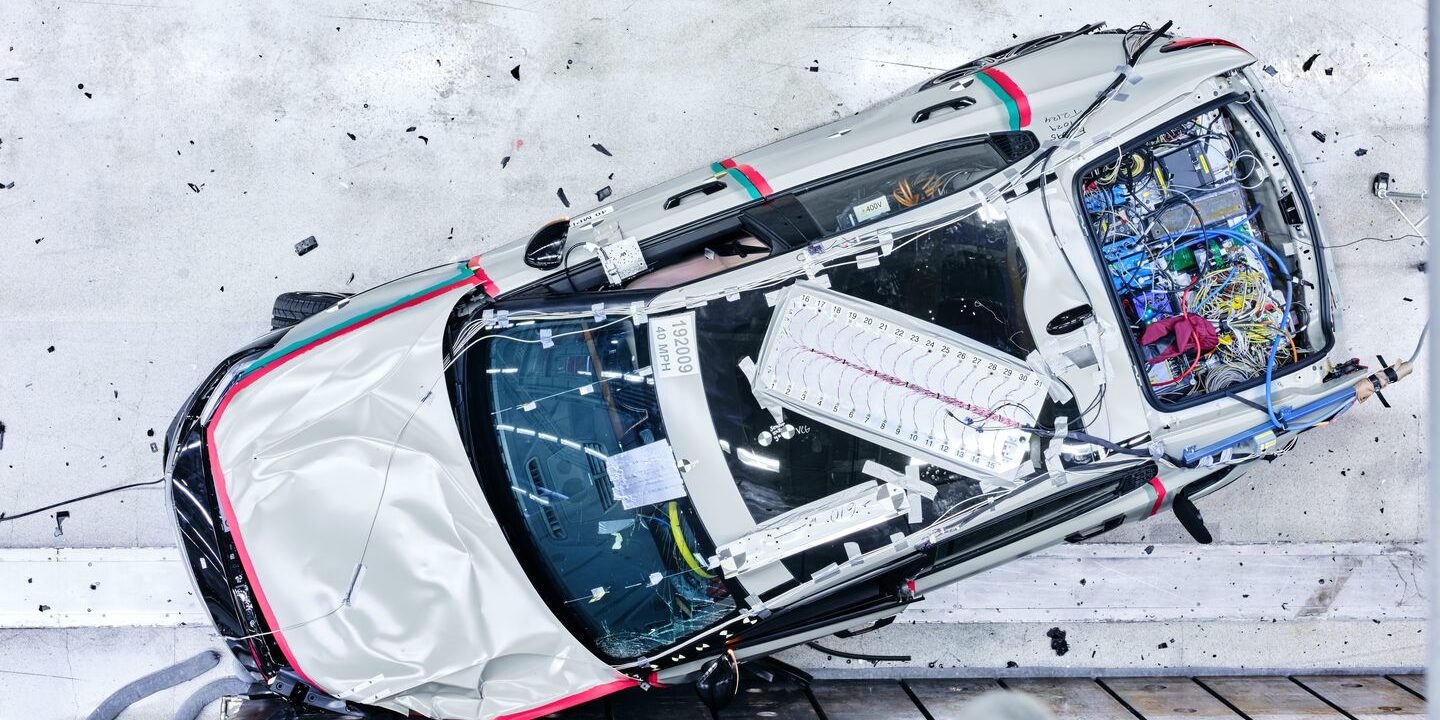For decades, Volvo has been one of the automakers most concerned about the safety of its vehicles. A true pioneer in this field, the Swedish brand can boast of having one of the safest ranges on the world market. Something that can be witnessed by the magnificent results obtained in various crash-tests over the last few years.
How could it be otherwise, the Polestar brand, closely linked to Volvo, will also bet on this philosophy. The company, focused on the development of electric sports cars, will have direct access to all the new technologies of the Volvo Car Group. This of course includes the numerous advances in safety that the company is currently developing.
“Safety is of the utmost importance to Polestar,” says Thomas Ingenlath, Polestar CEO. “We are directly linked to Volvo Cars, and with that comes the famous reputation of superior safety technology. Of course, the Polestar models are designed to be among the safest in the world, and we are very proud of it.”
The firm’s first 100% electric model, the Polestar 2, will have an aluminum casing to increase the safety of the battery pack. This will reduce the risk of damage and also increase the resistance of the monocoque. In the event of a crash, the battery will be completely disconnected. Another exciting aspect will be the “SPOC block,L.” A solid aluminum block housed on each side of the Vehicle that will minimize the intrusion of the wheels and other objects into the cabin and the battery in the event of a frontal crash. Thanks to the absence of a heat engine in the front compartment, safety will be increased.
Polestar 2 will also debut the AVAS (Acoustic Vehicle Alert System), which will emit a sound to alert pedestrians of the presence of the car. This system has been designed to be recognizable, non-intrusive, and natural. “We didn’t want the Polestar 2 to sound like a robot or a spaceship deliberately. We wanted very natural and subtle sounds that would inform pedestrians that the car is moving. At the same time, we wanted the Polestar 2 to sound unique and identify itself as a Polestar, while still being relatively simple.”
Another interesting novelty is that the Polestar 2 will have internal side airbags installed in the front seats, which will add a layer of protection to the limbs of the occupants, which will be protected on both sides. It will also feature Pilot Assist, an autonomous driving system that will control the accelerator, brakes, and steering up to 130 km/h. The vehicle detection systems (cyclist and pedestrian as well) are in front and rear areas, as well as in the blind spots, which will be associated with both steering and autonomous emergency braking.

